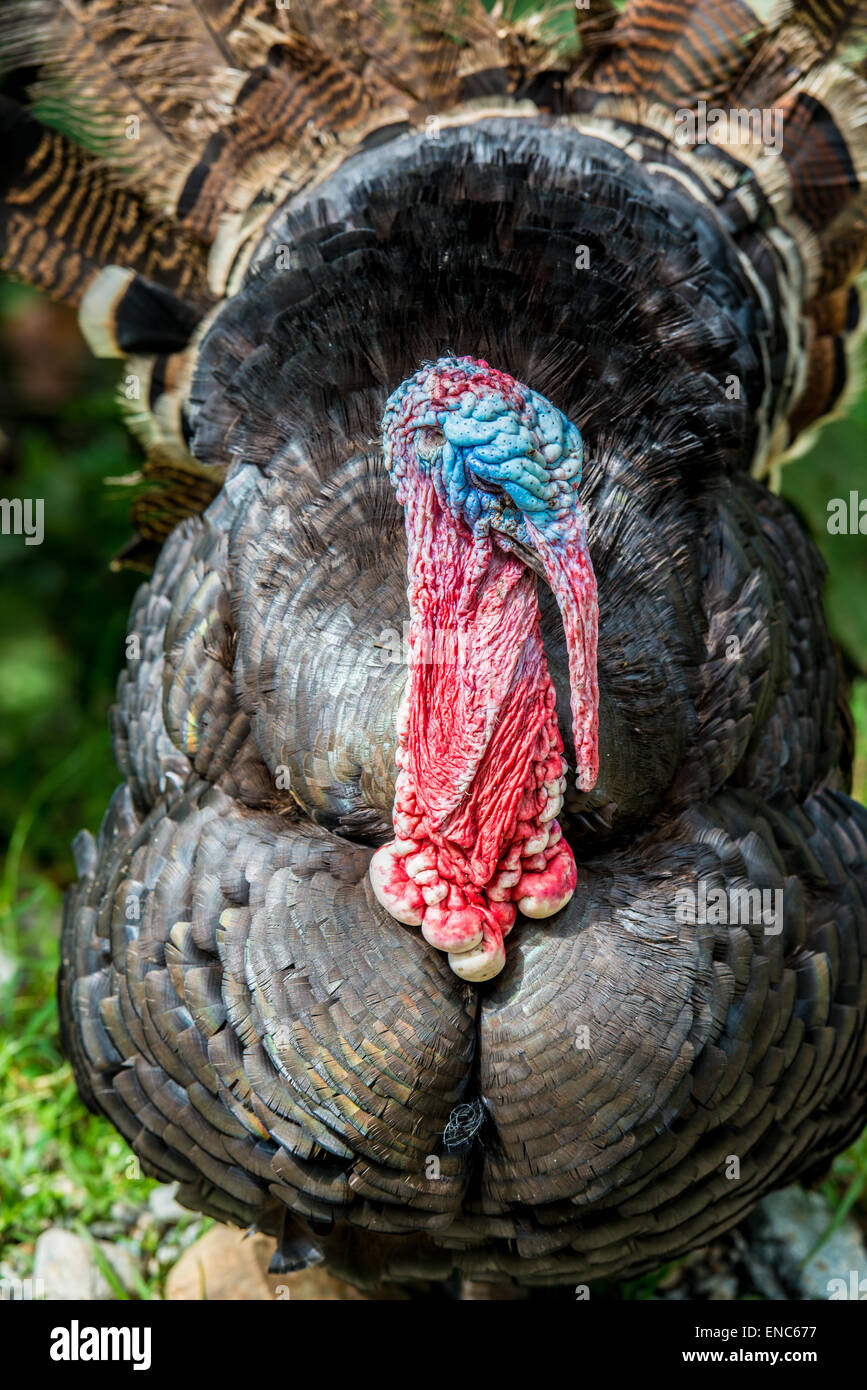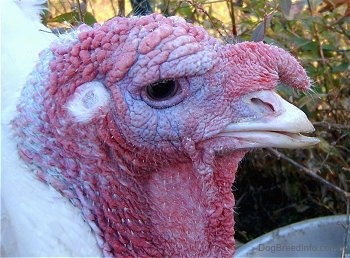
If the head turns red, the male is ready to fight. When really excited, the head takes on a bluish hue. The colors vary as the turkey courts and gobbles. The fleshy red mass over the beak is the snood and the bright red flap of flesh on the bare skin of the neck and throat is the wattle. The gobbler, or Tom, is the male Wild Turkey and boasts three physical features that prove irresistible to most of the ladies: The beard that dangles from the center of the male’s breast is actually a cluster of specialized feathers. Their spring diet is diverse and includes grains, seeds, old nuts, insects and grubs. They are polygamous omnivores, mating with the hens of their harem and eating most anything they find while foraging. It should be noted that there is nothing subtle about a Wild Turkey, whose feathers include iridescent shades of copper, bronze, red and gold. Addison Oaks, Highland Oaks, Independence Oaks, Lyon Oaks, Orion Oaks, Rose Oaks and Springfield Oaks county parks provide rich slices of excellent habitat for these brightly colored birds. They thrive in expansive parklands, especially those located near farm fields and woods.

The Wild Turkey is one of the largest birds of Oakland County and bears little resemblance in coloration and behavior to its lily-white, domesticated kin that grace our Thanksgiving dinner tables. The show starts every morning in the early days of May, just as sunlight filters through the trees. It’s all in effort to show his dominance and lure the hens.

This colorful bird, wanted by Benjamin Franklin as our national emblem, spreads his tail feathers, gobbles up a storm and dances about with dramatic wing drags.

Meleagris gallopavo, the Wild Turkey, is strutting his stuff on the wilder side of Oakland County.


 0 kommentar(er)
0 kommentar(er)
